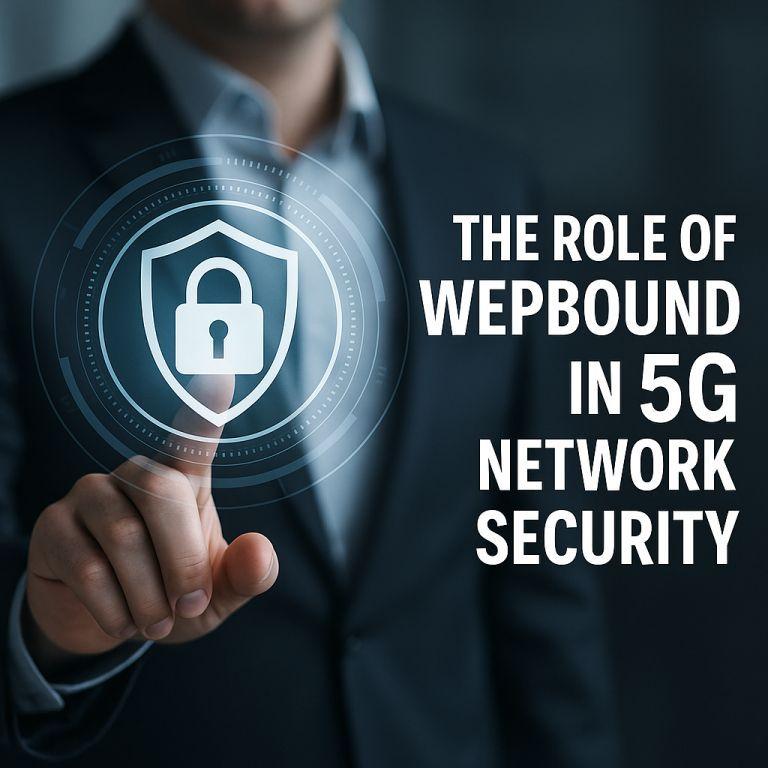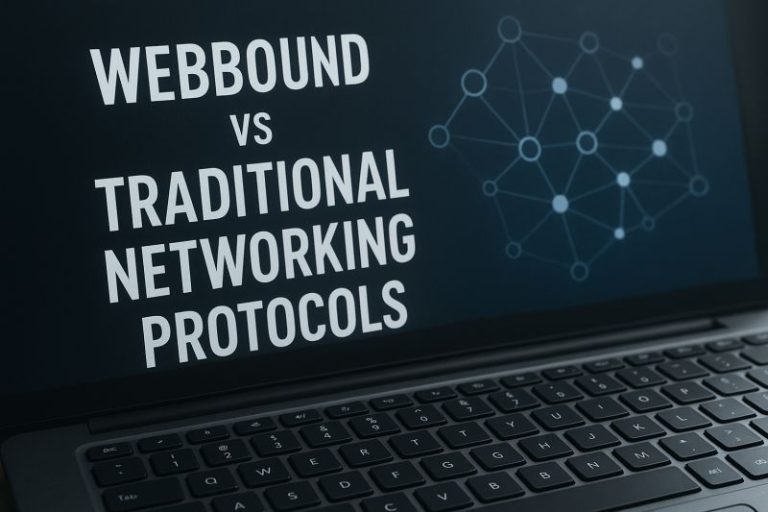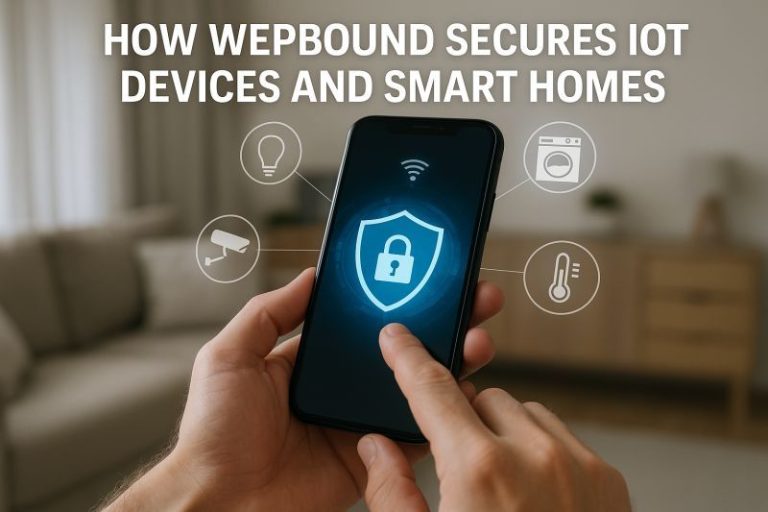The Role of Wepbound in 5G Network Security
The arrival of 5G technology has transformed the digital landscape, enabling ultra-fast connectivity, low latency, and massive IoT integration. However, with this transformation comes a new wave of security challenges. As billions of devices connect to 5G networks, traditional security protocols fail to keep up with the dynamic, decentralized, and highly adaptive nature of these systems.
Wepbound technology emerges as a next-generation security solution, offering adaptive encryption, zero-trust frameworks, AI-driven threat detection, and edge-level protection. In this comprehensive guide, we explore why Wepbound is critical for 5G network security, how it works, and what the future holds for this innovative technology.
What is Wepbound Technology in the Context of 5G?
Wepbound is an advanced wireless security protocol specifically designed to address the unique challenges of modern networks. Unlike older protocols such as WPA3 or VPN-based systems, Wepbound integrates AI, zero-trust architecture, and adaptive encryption models to deliver real-time security.
Why is 5G Network Security More Complex?
5G brings unprecedented connectivity but also greater risks due to:
- Massive IoT Expansion – Billions of devices increase the attack surface.
- Virtualized & Distributed Architecture – More endpoints mean more vulnerabilities.
- Network Slicing – Multiple isolated slices need independent security measures.
- Cloud-Native and Edge Computing – Data flows across multiple points, requiring adaptive security.
Traditional security protocols lack real-time adaptability, making Wepbound a game-changer.
How Wepbound Enhances 5G Network Security
1. Adaptive Encryption for Dynamic Environments
5G networks are highly dynamic, requiring encryption that changes on-the-fly. Wepbound uses rotating encryption keys and quantum-resistant algorithms for future-proofing.
Benefits:
- Prevents brute force attacks
- Protects against quantum computing threats
- Enhances security for real-time data streams
2. Zero-Trust Security Architecture
Wepbound applies zero-trust principles across 5G infrastructures. Every device, user, and application must authenticate continuously, ensuring no implicit trust.
Advantages:
- Stops lateral movement of threats
- Ideal for multi-tenant 5G environments
- Reduces insider attack risks
3. AI-Powered Threat Detection at the Edge
5G relies heavily on edge computing to reduce latency. Wepbound deploys AI-driven security engines at the edge, enabling predictive threat detection and automated response.
Benefits:
- Detects anomalies instantly
- Reduces false positives
- Prevents zero-day attacks
4. Network Slice Security
In 5G, network slicing allows multiple virtual networks over a single physical infrastructure. Wepbound provides isolated security policies for each slice, ensuring:
- Healthcare data slices remain HIPAA-compliant
- IoT slices stay protected from botnet attacks
- Enterprise slices maintain corporate-grade encryption
Benefits of Wepbound in 5G Networks
| Feature | Impact on 5G Security |
|---|---|
| Adaptive Encryption | Protects dynamic data streams |
| AI Threat Detection | Stops zero-day and DDoS attacks |
| Zero-Trust Authentication | Prevents unauthorized access |
| Network Slice Protection | Ensures isolation between critical services |
| Low-Latency Security | Maintains 5G speed and performance |
Comparison: Wepbound vs Traditional 5G Security Protocols
| Feature | VPN/WPA3 | Wepbound |
|---|---|---|
| Encryption | Static or limited | Dynamic, quantum-resistant |
| Threat Detection | Manual, rule-based | AI-powered, predictive |
| Zero-Trust Model | No | Yes |
| Edge Security | Limited | Fully integrated |
Real-World Applications of Wepbound in 5G
- Smart Cities – Secures IoT networks, traffic systems, and connected infrastructure.
- Healthcare – Protects sensitive data in telemedicine and remote surgery.
- Autonomous Vehicles – Ensures ultra-low latency for vehicle-to-network communication.
- Industrial IoT – Safeguards manufacturing systems against cyber-espionage.
- Enterprise Networks – Provides secure remote access for remote work environments.
Future of Wepbound in 5G and Beyond
As 6G research begins, Wepbound will continue evolving to:
- Integrate with quantum-safe cryptography
- Enhance AI-driven predictive threat modeling
- Support satellite-based and global IoT deployments
FAQs
1. Why does 5G need Wepbound?
Because 5G introduces new vulnerabilities, Wepbound ensures adaptive, AI-driven, and zero-trust security models.
2. Is Wepbound compatible with all 5G networks?
Yes. Wepbound is network-agnostic, designed to integrate with private and public 5G deployments.
3. How does Wepbound differ from traditional VPNs in 5G?
VPNs slow down latency, while Wepbound offers real-time security without performance loss.






